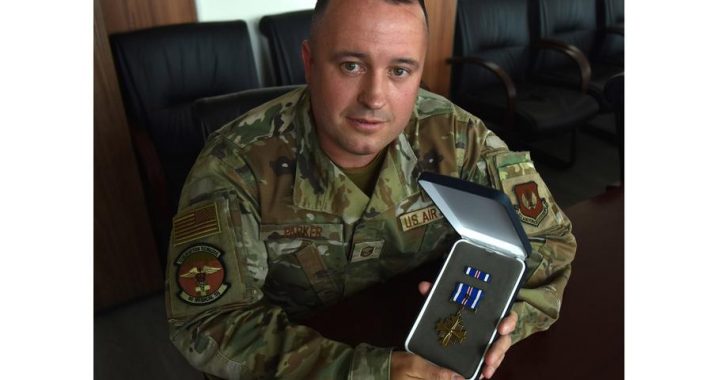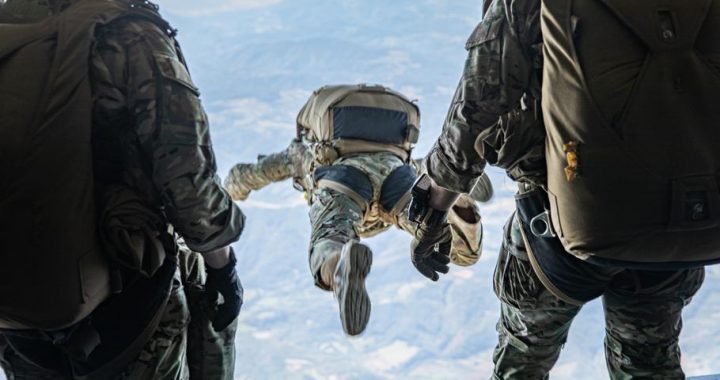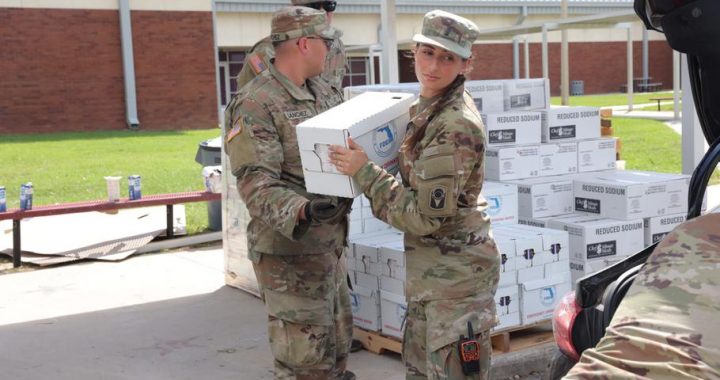Defense Intelligence Agency Cyber Operations Chief Talks Cybersecurity
3 min read
TAMPA, FL, UNITED STATES
Story by Tyra Virgil
Defense Intelligence Agency
The Joint Worldwide Intelligence Communications System and the Department of Defense Intelligence Information System were topics of discussion this week at the Defense Intelligence Agency DODIIS Worldwide Conference.
Jean Schaffer, DIA’s chief of cyber and enterprise operations, highlighted the current DIA data architecture and the need to raise the Agency’s security posture to mitigate risks during the conference Aug. 20, at the Tampa Convention Center in Florida.
“We are the global IT enterprise provider for all of the DoD combatant commands, strategic sites as well as our tactical edge,” Schaffer stated. “We operate across multiple networks from unclassified all the way up to top secret, and we also sponsor and operate many of our coalition networks. … As you can imagine, all of those networks are under constant attack.”
She went on to say the DIA needs to make sure there are no kinks in its worldwide network, and explained how the agency is raising the security posture to deliver diverse mission solutions.
When it comes to JWICS and DoDIIS, Schaffer said. “We want it to be reliable, we need it to be resilient, we need it to be survivable.”
In addition, she said the systems needs to be accessible and scalable because higher demands are continuing to be placed on JWICS.
Schaffer added, “What we’re trying to do at DIA is make cybersecurity part of our normal business rhythm.”
When it comes to JWICS modernization, Schaffer believes the Agency needs to identify internal threats, raise the already hardened security posture and transition from a network protection model to a data protection model.
“We really need to look at JWICS and do an overhaul of both the architecture and how we’ve laid it out,” Schaffer explained. “We’re working hand-in-hand with the Undersecretary of Defense for Intelligence and DoD to make sure as we’re developing the new architecture for JWICS it truly is meeting your needs.”
According to Schaffer, DIA is also looking at all information technology services the Agency provides across the board to ensure those services meet required standards to secure the DoDIIS, which includes integrating human resources and personnel systems with IT systems to know exactly who is on the network and what they are accessing in order to give them the proper credentials to receive the data needed to do their mission.
Schaffer emphasized the need to also focus on three key areas of the cybersecurity puzzle: people, processes and technology.
“We need more and more cybersecurity experts,” said Schaffer. “We need academia to help make sure that they’re producing the best of those cyber security experts.”
She went on to add that it’s important for people to rotate in and out from government to private industry in order to share knowledge. When it comes to processes, Schaffer explained we are working towards transforming the way we handle and look at data.
“It’s not just about taking the existing processes we have and automating it, we need to look at how we can streamline and look at how we can make that process better,” said Schaffer. “We can do a lot more with making our processes more efficient from the start.”
Schaffer explained that we’re striving for an adaptive environment and that begins with emerging technologies. She describes the way ahead for JWICS and DoDIIS as digital transformation.
“We are undergoing a digital transformation. That’s not about fixing something that’s broken, but it’s about changing our mindsets.” Schaffer added, “We need to get ahead of the curve, start looking at how we’re going to meet our adversaries head on and how to ensure that our defense and the rest of our intelligence customers can do what they need to do.”





